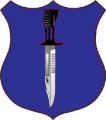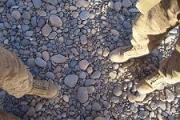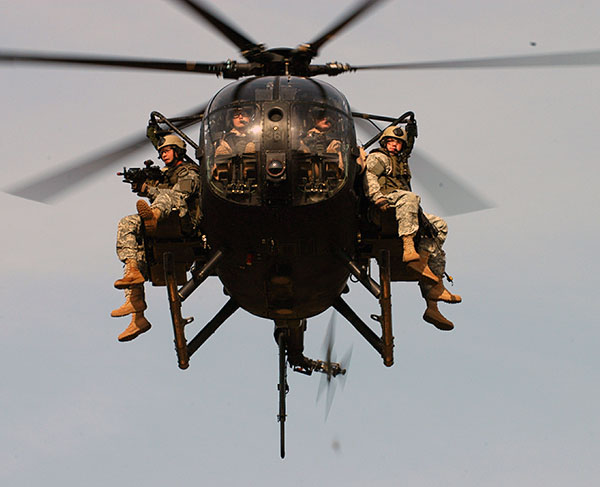An Eagle Flight operation was a tactical concept which involved the employment of a small, self-contained, and highly trained heliborne force. Tactical planning emphasised the use of this force to locate and engage the enemy or to pursue and attack an enemy which was fleeing from a larger friendly force. As an airmobile force it was also prepared to engage any enemy force which had been located and fixed by other friendly forces. The inherent flexibility of the Eagle Flight as a force that was ready for immediate commitment, either alone or in conjunction with other forces, was it's most significant feature.
An 'Eagle Flight' was a variation of the normal heliborne operations developed in Vietnam in order to:
* complement the operations of committed heliborne or ground forces
* extend the combat effectiveness of such forces
* operate independently, either alone or reinforced, on a variety of missions
As it's name implies, it was a force that was designed to search for, pursue and attack it's quarry.(emphasis added /kw)














 without considering issues like lift capacity at altitude etc etc.
without considering issues like lift capacity at altitude etc etc.


Bookmarks